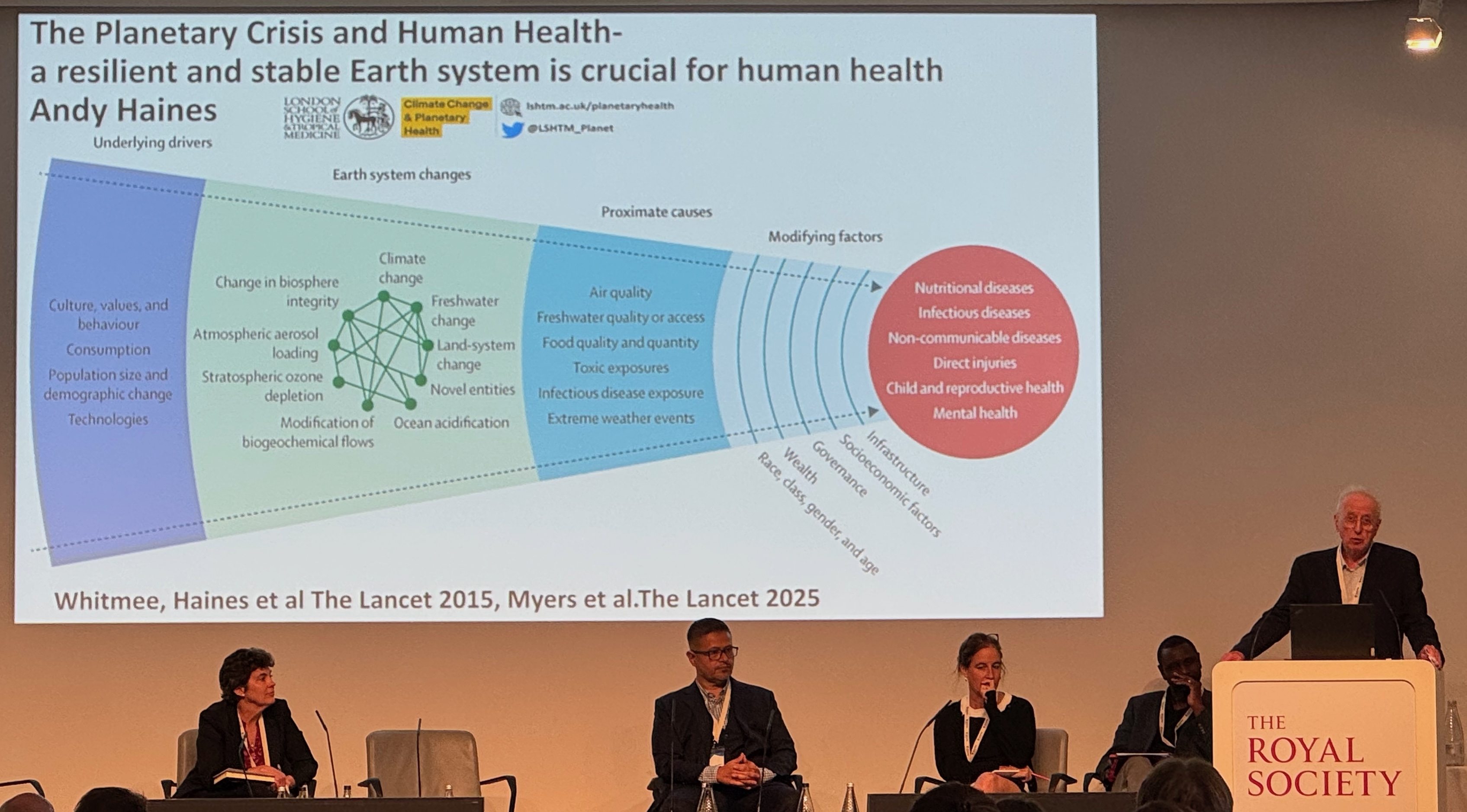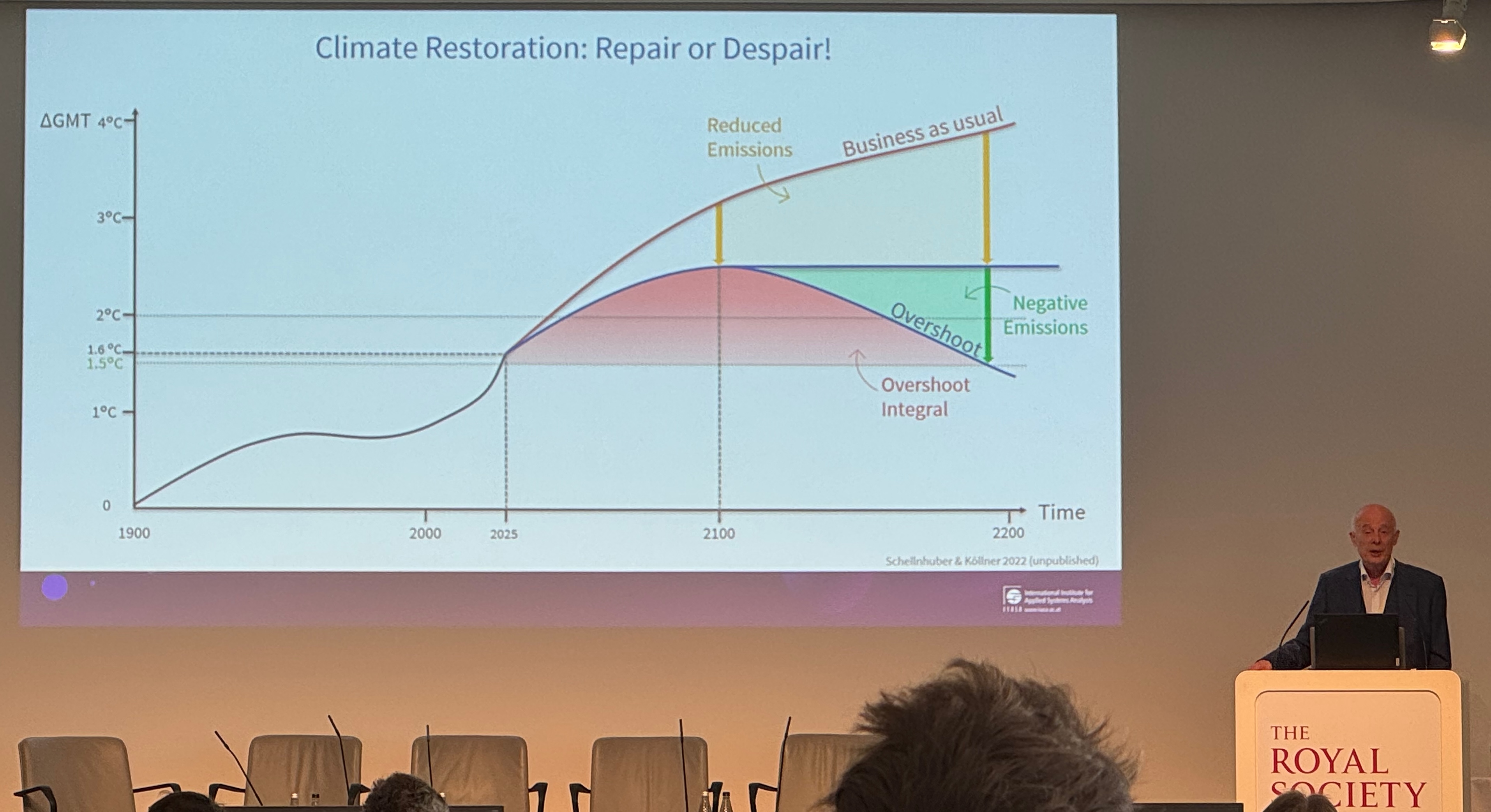Do not rule out nature from climate action; an open letter / Sep 2025 / DOI
A world without nature feels rather impermanent, doesn't it? It's difficult to
imagine a healthy future without clean air, fresh water and diverse wildlife.
Yet important policy is being decided at
the moment that will sideline "nature-based solutions" for net-zero carbon
targets. While it is true that anything involving nature is fundamentally less
predictable than human edifice, it is not true that it can't be
Back in January 2024, I hosted a workshop on permanence and durability at Pembroke College attended by sixty experts in this topic, with their recommendation reflected in the continuous improvement report on permanence from the ICVCM in May this year. I now join 40 other colleagues today in signing an open letter to the UN Article 6.4 supervisory body strongly calling out the scientific imperative to incentivise natural climate solutions on the path to net zero.
A number of proponents of climate action policy are advocating for only
considering 'entirely durable' carbon sequestration as the ones we should
account for. That usually means carbon sequestration technologies, and rules
out nature based solutions due to arbitrary thresholds. However, temporary
removals can deliver immediate climate benefits which are urgently needed,
and we've proposed

I argue instead for a principle of parallel action: we need to invest in both
fully durable carbon sequestration technologies as well as nature based
solutions. Humanity can no long afford to take single bets; warming and
biodiversity loss has advanced to the point where concerted parallel action is required
to overshoot sufficiently to bring balance back. Setting aside nature at this
critical juncture is unbelievably short-sighted, and the incentives we
establish for nations this decade will echo through the remainder of the
century. The future of
If you agree, please read the open letter and sign up. See also this great explainer about nature-based durability.

References
- Balmford et al (2024). PACT Tropical Moist Forest Accreditation Methodology v2.1. Cambridge Open Engage. 10.33774/coe-2024-gvslq
- Feng et al (2025). TESSERA: Temporal Embeddings of Surface Spectra for Earth Representation and Analysis. arXiv. 10.48550/arXiv.2506.20380
- Balmford et al (2023). Realizing the social value of impermanent carbon credits. 10.1038/s41558-023-01815-0
- Rau et al (2024). Mitigating risk of credit reversal in nature-based climate solutions by optimally anticipating carbon release. 10.1080/17583004.2024.2390854
- Madhavapeddy (2025). Exploring the biodiversity impacts of what we choose to eat. 10.59350/xj427-y3q48
- Swinfield et al (2024). Nature-based credit markets at a crossroads. Springer Science and Business Media LLC. 10.1038/s41893-024-01403-w
- Carlson et al (2022). Climate change increases cross-species viral transmission risk. Nature. 10.1038/s41586-022-04788-w
- Thakur (2025). Warming threatens soil health. Nature Ecology & Evolution. 10.1038/s41559-025-02730-7